Could someone give a small example of applying the blur to an image? I've been trying to figure out the code for a while now :( still new at obj c!
The
UIVisualEffectViewprovides a simple abstraction over complex visual effects. Depending on the desired effect, the results may affect content layered behind the view or content added to the view’s contentView.Apply a
UIVisualEffectViewto an existing view to apply a blur or vibrancy effect to the exiting view. After you add the UIVisualEffectView to the view hierarchy, add any subviews to the contentView of theUIVisualEffectView. Do not add subviews directly to theUIVisualEffectViewitself.

